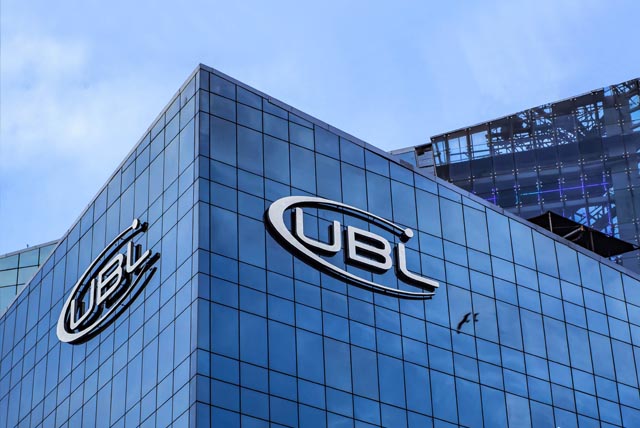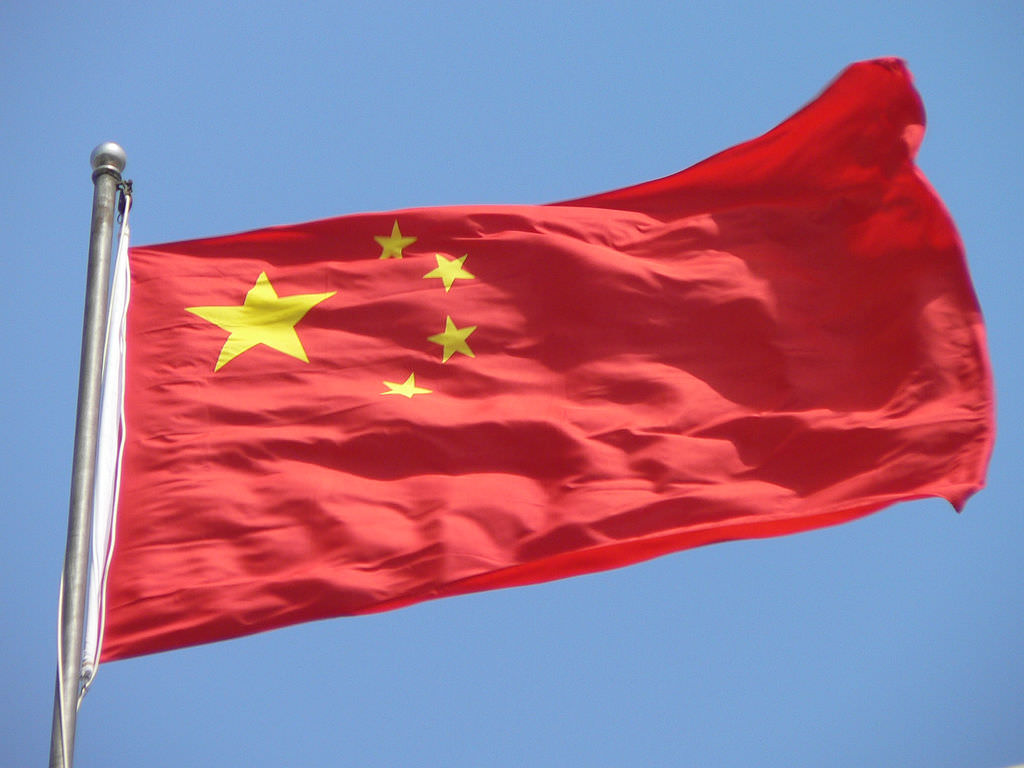October 31, 2019 (MLN): Since its inception, Pakistan has persistently relied on domestic and external resources to cover the increasing fiscal and external sector deficit. One apparent consequence of this unceasing borrowing was the mounting public debt and continuous debt-servicing burden.
Thus a high level of the debt stock and debt servicing continued to be so in FY19, as SBP’s annual report 2018-19 on “State of Pakistan Economy” underscored that the pace of debt accumulation accelerated further in FY19. A separate chapter in a report paints the clearer picture of Pakistan’s external and Dometic debt situation during FY19 in a comprehensive way.
According to the report, in absolute terms, Pakistan’s total debt and liabilities (TDL) increased by Rs 10.3 trillion, which was more than twice the accumulation in FY18. Despite a high deficit in FY19, its contribution to the overall debt accumulation was limited to only a third; the rest was attributed to an upward revaluation of existing stock of external debt following the depreciation of the Pak rupee against greenback, foreign exchange inflows for Balance of Payment (BoP) support from friendly countries like Saudi Arabia, UAE and Qatar and the government borrowing over and above the budgetary requirements that remained in the deposits with the banking system.
The gross public debt contributed the most in raising country’s TDL as the increase in gross public debt during FY19 was unprecedented and, even after adjusting for the impact of exchange rate-led revaluation, highlights serious concerns on the fiscal front.
In addition, the total debt of the government which is the difference of gross public debt and government deposits reached 76.6 percent of GDP at end FY19, depicting an increase of 10 percentage points in a year. Depressingly, this was far above the level prescribed under the (Amended) Fiscal Responsibility and Debt Limitation Act (FRDLA), 2017.
During FY19, debt incurred by public sector enterprises (PSEs) continued to move along an upward trajectory, as a percent of GDP, it increased by another 1.3 percent points, since a number of energy-related PSEs struggled to acquire a semblance of financial viability.
The primary reasons behind the deterioration of government debt indicators were incomplete structural reforms in fiscal and energy sectors and weak public financial management, which has widened the resource gap for the government.
In particular, the revenue deficit has steadily been increasing over the last 3 years, implying that the bulk of recent debt accumulation by the government was meant to finance its current expenditures, instead of adding to the repayment capacity of the economy.
Similarly, the increase in primary deficit has also contributed, as the government is increasingly falling short of resources to service even the existing debt stock.
In this context, an additional setback the government faced in FY19 was the steep rise in interest rates and depreciation of the Pak rupee, which escalated its debt-servicing burden; mark-up payments alone ate up 47 percent of the total tax revenues.
One of the most decisive fiscal reforms that took place to address these challenges especially on the revenue side was the re-profiling of domestic debt towards the end of the year. Although the government relied heavily on direct short-term borrowing from the central bank through most of the year, which continued to shorten the average maturity of public debt, it replaced the stock of short-term MRTBs held by the SBP into long-term PIBs of various maturities.
This re-profiling took the share of long-term debt (permanent and unfunded) in total domestic debt from 45.8 percent at end FY18, to 73.4 percent at the end of FY19. While this structural shift would spread out maturity schedule of public debt and help alleviate the rollover risk for the government, debt servicing burden may become costlier to the tune of the spread between yields of 6-month MRTBs and PIBs.
Moreover, with expectations of interest rate hikes gradually fading away, commercial banks are also getting more inclined towards locking their funds in long-term instruments as their participation in PIB posted an increase of Rs 425 billion in 2HFY19.
The external sector during FY19 seemed progressive as narrowing of current account deficit due to a compression in imports and increase in home remittances is quite encouraging, and with ongoing stabilization measures in place (including the flexible exchange rate regime), the BoP situation is likely to improve further.
By analyzing the above-mentioned scenario, significant consolidation is needed on the fiscal front with the focus to increase revenues along with a reduction in current expenditures to control the pace of the debt accumulation. Moreover, rationalization of energy sector policies and improving the governance of PSEs should also top the reform agenda of the government to cut down PSE debt.
Copyright Mettis Link News
30880







